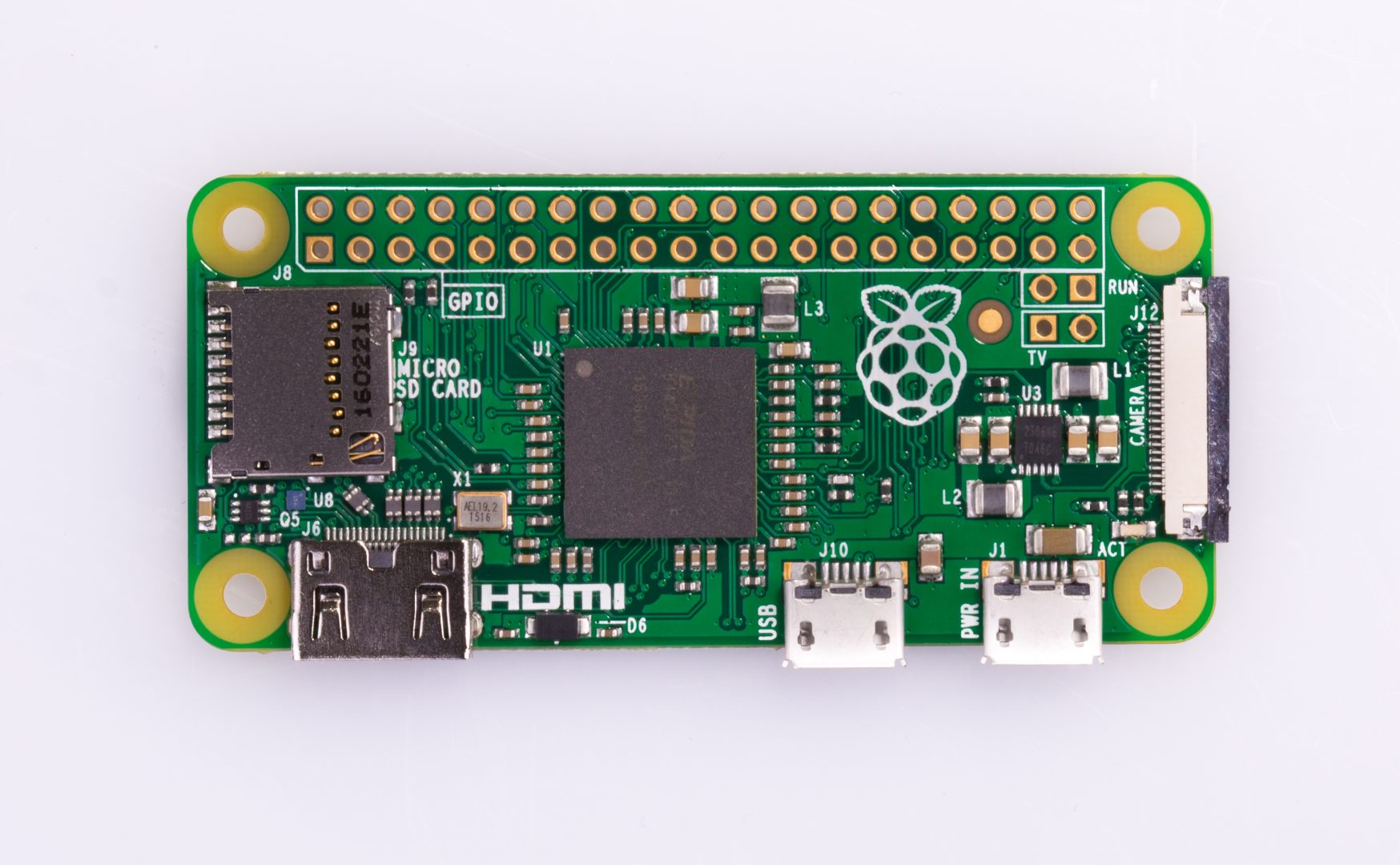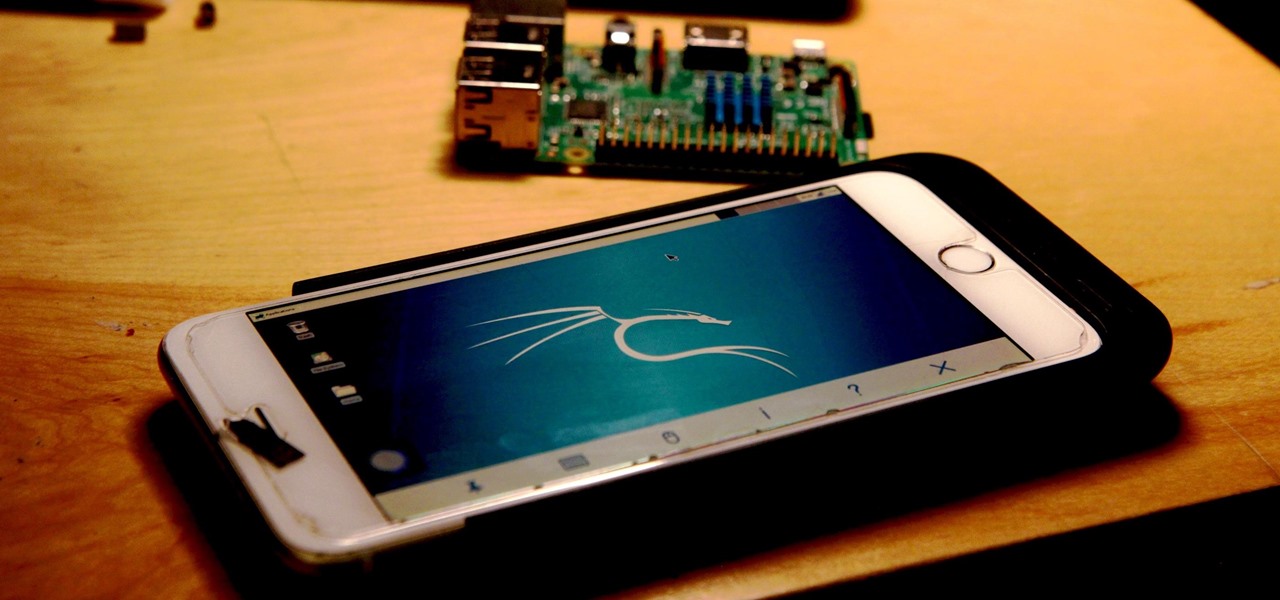Accessing Raspberry Pi remotely from a different network on Windows 10? Yeah, you're about to learn exactly how to do that in the simplest way possible. Remote access isn’t just for tech wizards anymore—it’s a skill everyone should have in their pocket. Whether you’re tinkering with IoT projects or just want to manage your Pi from afar, this guide has got your back. So buckle up, because we’re diving deep into the world of remote connections!
Let’s face it, setting up remote access sounds intimidating at first. But trust me, it’s not as complicated as it seems. By the end of this article, you’ll be able to control your Raspberry Pi from anywhere in the world using your Windows 10 machine. No more excuses for leaving your Pi unattended!
We’re going to break this down step by step, so even if you’re new to all this, you’ll feel confident enough to set it up yourself. Plus, we’ll share some tips and tricks to ensure everything runs smoothly. Ready? Let’s go!
- Movierulz Kannada Your Ultimate Guide To Streaming And Downloading Movies
- Wwwmovirulzcom Kannada Your Ultimate Guide To Streaming And Downloading Movies
Here’s a quick overview of what we’ll cover:
- Why remote access is important
- Setting up your Raspberry Pi for remote access
- Configuring your network settings
- Connecting from a different network using Windows 10
- Troubleshooting common issues
Understanding the Basics: Why Access Raspberry Pi Remotely?
Before we jump into the technical details, let’s talk about why remote access is such a big deal. Imagine being able to control your Raspberry Pi from your office, while you're on vacation, or even when you're stuck in traffic. Sounds cool, right? Remote access opens up a world of possibilities for automation, monitoring, and troubleshooting.
For example, if you’re running a home automation system on your Pi, you can check on your security cameras or adjust the thermostat without having to physically be at home. Or maybe you’re a developer who needs to debug a script on your Pi while you’re out of town. Remote access makes all of this possible.
- Move Ruliz The Ultimate Guide To Mastering The Art Of Moving With Style And Confidence
- Mastering Remote Access How To Remote Into Raspberry Pi From Windows 10 Like A Pro
Now, let’s break it down. When you access Raspberry Pi remotely from a different network, you’re essentially creating a bridge between two separate networks. This requires some setup, but once it’s done, you’ll have seamless access to your Pi from anywhere in the world.
Preparing Your Raspberry Pi for Remote Access
Alright, let’s get our hands dirty. The first step is preparing your Raspberry Pi for remote access. This involves installing the necessary software and configuring your Pi to allow incoming connections. Don’t worry—it’s easier than it sounds.
Step 1: Install SSH on Raspberry Pi
SSH (Secure Shell) is a protocol that allows you to securely connect to your Raspberry Pi from another device. By default, SSH is disabled on Raspberry Pi OS, so you’ll need to enable it.
- Boot up your Raspberry Pi and log in.
- Open the terminal and type:
sudo raspi-config. - Navigate to "Interfacing Options" and select "SSH".
- Choose "Enable" and reboot your Pi.
That’s it! SSH is now enabled on your Raspberry Pi. Next, let’s move on to setting up a static IP address.
Step 2: Set a Static IP Address
A static IP address ensures that your Raspberry Pi always has the same address on your local network. This is important because it makes it easier to connect to your Pi remotely.
- Open the terminal and type:
sudo nano /etc/dhcpcd.conf. - Scroll to the bottom of the file and add the following lines:
interface eth0
static ip_address=192.168.1.100/24
static routers=192.168.1.1
static domain_name_servers=192.168.1.1
Replace the IP address with one that’s available on your network. Save the file and reboot your Pi.
Configuring Your Network for Remote Access
Now that your Raspberry Pi is ready, it’s time to configure your network settings. This step involves setting up port forwarding on your router to allow incoming connections.
Step 1: Find Your Router’s IP Address
Every router has a unique IP address that you’ll need to access its settings. To find this, follow these steps:
- Open the terminal on your Raspberry Pi and type:
ip route | grep default. - Look for the IP address listed under "default via". This is your router’s IP address.
Once you have the IP address, open a web browser and type it into the address bar. You’ll be prompted to log in to your router’s admin panel.
Step 2: Set Up Port Forwarding
Port forwarding allows you to direct incoming traffic to your Raspberry Pi. Here’s how to set it up:
- Log in to your router’s admin panel.
- Find the "Port Forwarding" section (it might be under "Advanced Settings").
- Add a new rule with the following details:
Service Name: Raspberry Pi SSH
External Port: 22
Internal IP Address: 192.168.1.100 (or your Pi’s static IP)
Internal Port: 22
Save the changes and restart your router. Your network is now ready to accept incoming connections.
Connecting from a Different Network Using Windows 10
The final step is connecting to your Raspberry Pi from a different network using your Windows 10 machine. This can be done using an SSH client like PuTTY or Windows’ built-in SSH functionality.
Option 1: Using PuTTY
PuTTY is a popular SSH client that’s easy to use. Here’s how to connect with it:
- Download and install PuTTY from the official website.
- Open PuTTY and enter your Raspberry Pi’s public IP address in the "Host Name" field.
- Set the port to 22 and select "SSH" as the connection type.
- Click "Open" and log in using your Pi’s username and password.
That’s it! You’re now connected to your Raspberry Pi remotely.
Option 2: Using Windows 10 Built-in SSH
Windows 10 has a built-in SSH client that you can use without installing any additional software. Here’s how:
- Open the Command Prompt and type:
ssh username@public_ip_address. - Replace "username" with your Pi’s username and "public_ip_address" with your Pi’s public IP.
- Enter your Pi’s password when prompted.
Voila! You’re now connected to your Raspberry Pi from your Windows 10 machine.
Enhancing Security for Remote Access
Security is always a top priority when setting up remote access. Here are a few tips to keep your Raspberry Pi safe:
- Use strong passwords for your Pi’s user account.
- Consider using a key-based authentication instead of passwords.
- Limit SSH access to specific IP addresses if possible.
- Regularly update your Pi’s software to patch any security vulnerabilities.
By following these best practices, you can ensure that your Raspberry Pi remains secure even when accessed remotely.
Troubleshooting Common Issues
Even with the best setup, things can go wrong. Here are some common issues you might encounter and how to fix them:
Issue 1: Unable to Connect to Raspberry Pi
If you’re unable to connect to your Raspberry Pi, double-check the following:
- Ensure SSH is enabled on your Pi.
- Verify that port forwarding is set up correctly on your router.
- Check that your Pi’s IP address is correct.
Issue 2: Connection Timeout
A connection timeout usually means there’s a network issue. Try the following:
- Restart your router and modem.
- Check your internet connection.
- Ensure your firewall isn’t blocking incoming connections.
Advanced Techniques for Remote Access
Once you’ve mastered the basics, you can explore more advanced techniques for remote access. Here are a few ideas:
Using a Dynamic DNS Service
If your internet provider assigns a dynamic IP address to your router, consider using a Dynamic DNS (DDNS) service. This allows you to access your Pi using a domain name instead of an IP address.
Setting Up a VPN
A Virtual Private Network (VPN) provides an extra layer of security for remote access. By setting up a VPN, you can create a secure tunnel between your Windows 10 machine and your Raspberry Pi.
Conclusion: Take Control of Your Raspberry Pi from Anywhere
And there you have it! You now know how to access Raspberry Pi remotely from a different network on Windows 10. It might seem daunting at first, but with a little practice, you’ll be a pro in no time.
Remember, the key to successful remote access is preparation and security. Make sure your Pi is properly configured, your network settings are correct, and your security measures are in place. With these steps, you’ll be able to control your Raspberry Pi from anywhere in the world.
So what are you waiting for? Go ahead and try it out! And if you have any questions or run into issues, feel free to leave a comment below. Happy tinkering!
- Why Movierulz As Is A Hot Topic In The Streaming World
- Movies Rulez Why The Magic Of Cinema Still Reigns Supreme


